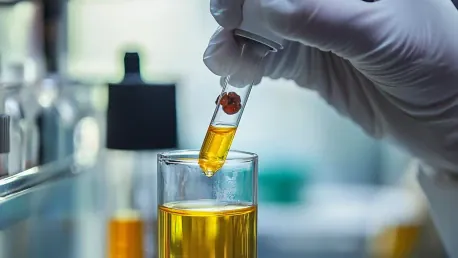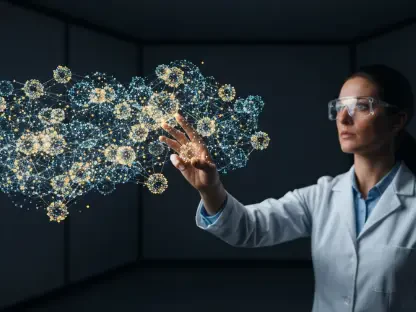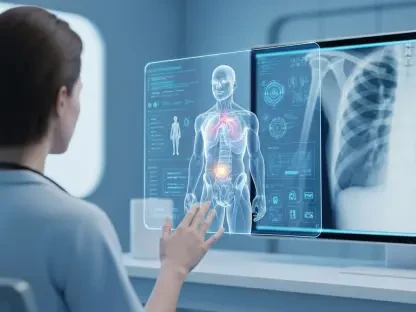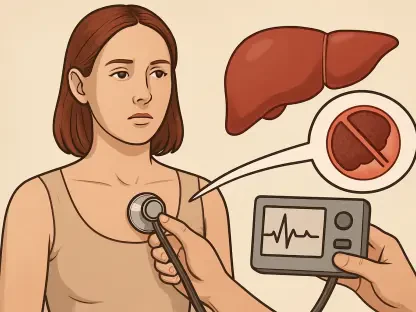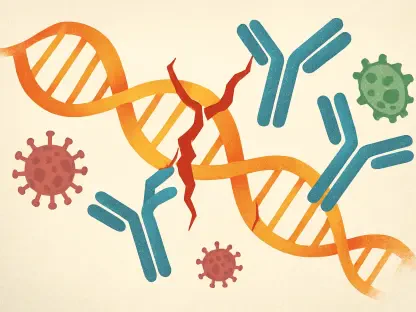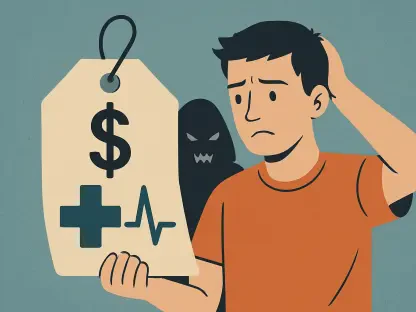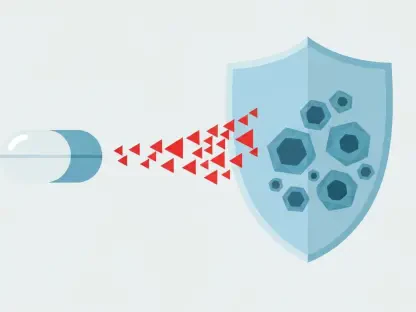Every 40 seconds, someone in the United States experiences a stroke, and ischemic strokes are the most common type. Unfortunately, only about 5% of ischemic stroke survivors fully recover, while many endure long-term complications such as weakness, chronic pain, or epilepsy. Given these concerning statistics, it is essential to explore innovative treatments that can aid in post-stroke recovery, even beyond the immediate hours following a stroke. This context sets the stage for a groundbreaking study conducted by scientists at Gladstone Institutes, in collaboration with the regenerative medicine company SanBio. Published in Molecular Therapy, the study reveals the potential of stem cell-derived therapy to restore normal brain activity patterns in rats, even when administered a month after a stroke.
Key Study Insights and Common Themes
Potential of Stem Cell Therapy Beyond Immediate Treatment
One of the pivotal aspects illuminated by the study is the potential of stem cell therapy to effect brain repair well past the initial stroke event, offering a significant departure from the traditional notion that stroke treatments must be applied within hours to be effective. This new approach offers hope for stroke survivors who lack timely treatment options. The study’s core finding is that modified stem cells, specifically engineered SB623 cells, can normalize brain excitability and thus restore function.
These cells have been under clinical development for over a decade to treat stroke and traumatic brain injuries. Clinical trials had previously suggested benefits in motor function recovery, but the exact brain mechanisms were unclear until this detailed examination. With the ability to administer these cells much later than previously thought effective, there is new hope for chronic stroke sufferers.
Mechanisms of Brain Repair
The study extends beyond earlier research by illustrating how these modified stem cells effectively reverse post-stroke brain hyperexcitability. Hyperexcitability occurs when neurons fire excessively, leading to movement issues and seizures, a condition previously considered irreversible. The researchers dispelled this long-held belief by demonstrating that injecting these cells into rats’ brains one month after a stroke could mitigate hyperexcitability. In the laboratory setting, rats that received stem cell therapy showed a significant reduction in hyperactive neuron firing, thereby ensuring better balance within brain networks.
Moreover, the treatment bolstered the presence of proteins and cells vital for brain repair and function. Despite the human stem cells substantially diminishing only a week after transplantation, their positive effects endured, indicating they activated the brain’s intrinsic repair mechanisms. This discovery opens up new possibilities for long-term recovery strategies, positioning stem cell therapy as a game-changer in stroke recovery treatment.
Cohesive Narrative and Overarching Trends
Implications for Chronic Brain Injury Patients
The implications of these findings are profound and far-reaching. Such interventions could transform treatment protocols for chronic brain injury patients, who currently lack viable options. The research underscores the body’s potential to heal itself when appropriately stimulated, opening new therapeutic avenues not only for stroke but possibly for other neurological conditions marked by hyperexcitability and repair deficits. Further exploration into blood samples of the treated rats revealed a notable restoration of molecules associated with inflammation and brain health.
These molecules were altered post-stroke but normalized by stem cell therapy, reinforcing the wide-reaching impacts of the therapy beyond neural tissue alone, extending to systemic physiological restoration. Not only does this indicate the effectiveness of stem cell therapy, but it also broadens the scope of what such treatments might accomplish, paving the way for comprehensive recovery strategies.
Expert Insights and Broader Research Community
Jeanne Paz, the study’s lead investigator, encapsulates the excitement and potential of these findings. She emphasizes the novelty of successfully intervening weeks after a stroke and still witnessing significant recovery, a timeframe previously considered too late for effective treatment. Her insights echo the broader research community’s aspirations towards innovative treatments that transcend early intervention limitations.
Paz’s enthusiasm is shared by other experts in the field, who believe that this study could redefine how post-stroke recovery is approached, potentially changing guidelines and patient care standards. The evidence presented not only supports the potential of stem cell therapy but also invites further research into its mechanisms and long-term effects on human patients. The findings have sparked a wave of optimism within the community, promising a new era in stroke rehabilitation.
Future Directions and Clinical Applications
Transitioning to Human Applications
While the study showcases promising outcomes in a rat model, transitioning these findings into human applications involves additional layers of verification and development. The researchers, including Paz, stress the necessity of proving that the reduction in brain hyperexcitability will result in actual symptomatic relief in human patients. Proving this could facilitate the creation of new medical treatments specifically targeting overactive neurons, thus providing a more tailored approach to post-stroke recovery.
This transition requires rigorous clinical trials to ensure safety and efficacy, which means that while the preliminary results are promising, there is still a long road ahead. Such trials are crucial for identifying any potential side effects and understanding the overall impact of long-term stem cell therapy in human subjects. The success of these trials could potentially lead to widespread clinical use, making advanced post-stroke treatments accessible to a broader patient population.
Regulatory Progress and Broader Clinical Application
Regulatory progress has already been made, with the SB623 cells achieving approval in Japan for treating chronic motor paralysis resulting from traumatic brain injuries. SanBio, the company behind the development of these cells, is also seeking approval from the US Food and Drug Administration (FDA), indicating forward momentum toward broader clinical application. This regulatory approval is a critical step in ensuring the therapy’s safety and efficacy, ultimately paving the way for its integration into mainstream medical practices.
With the potential to treat not only chronic stroke but also other conditions related to brain injury and hyperexcitability, stem cell therapy could revolutionize the field of neurology. The ongoing research and development efforts are poised to further validate and optimize this therapy, promising a future where long-term disabilities resulting from brain injuries might be considerably reduced. The successful approval and implementation of these treatments could herald a new era of recovery for millions of patients worldwide.
Conclusion
This study goes further than previous research by showing that modified stem cells can effectively reverse post-stroke brain hyperexcitability. Hyperexcitability results from neurons firing too much, leading to movement problems and seizures, which were previously thought to be irreversible. The researchers challenged this belief by demonstrating that injecting these cells into rats’ brains one month post-stroke could reduce hyperexcitability. In lab tests, rats treated with stem cells showed a marked decrease in hyperactive neuron firing, which helped restore balance in brain networks.
Additionally, the treatment increased the presence of essential proteins and cells crucial for brain repair and function. Although the human stem cells significantly decreased a week after transplantation, their beneficial effects persisted, suggesting they triggered the brain’s inherent repair mechanisms. This finding opens new avenues for long-term recovery strategies, positioning stem cell therapy as a revolutionary approach in stroke recovery treatment. Thus, stem cell therapy may be a pivotal breakthrough for improving post-stroke recovery outcomes.
